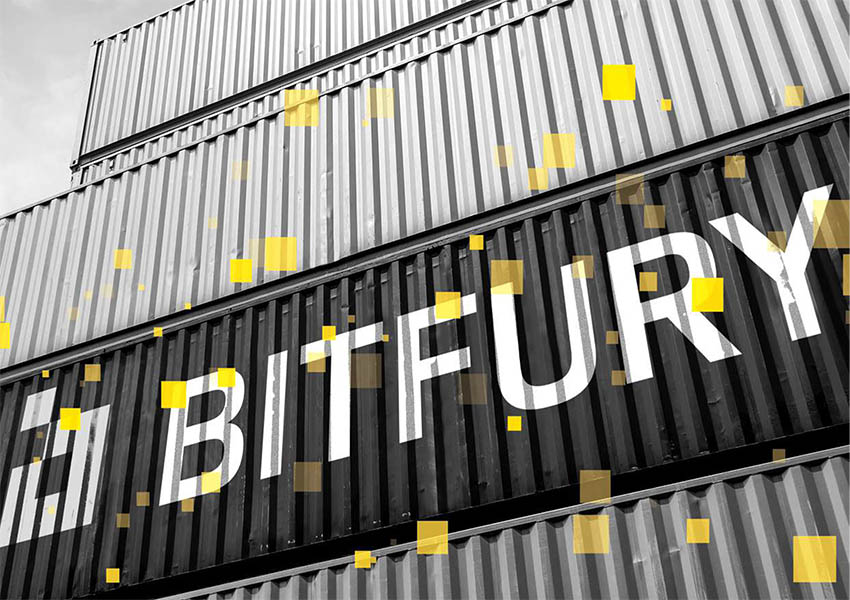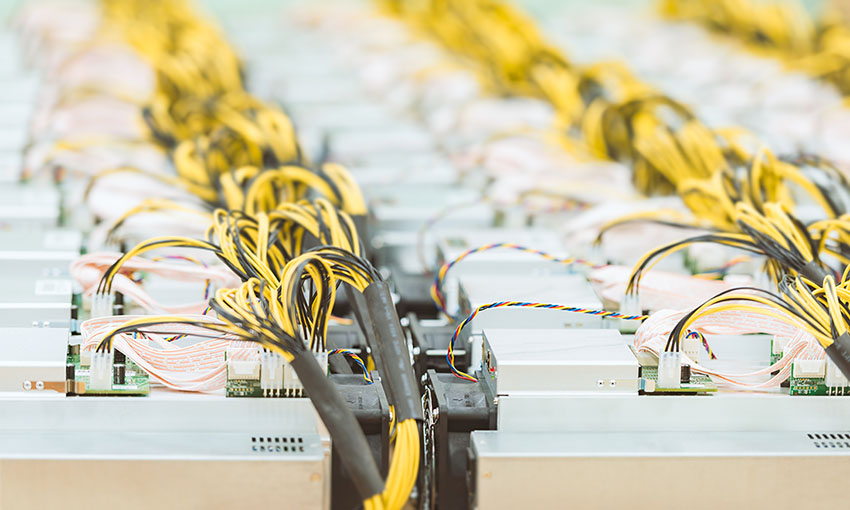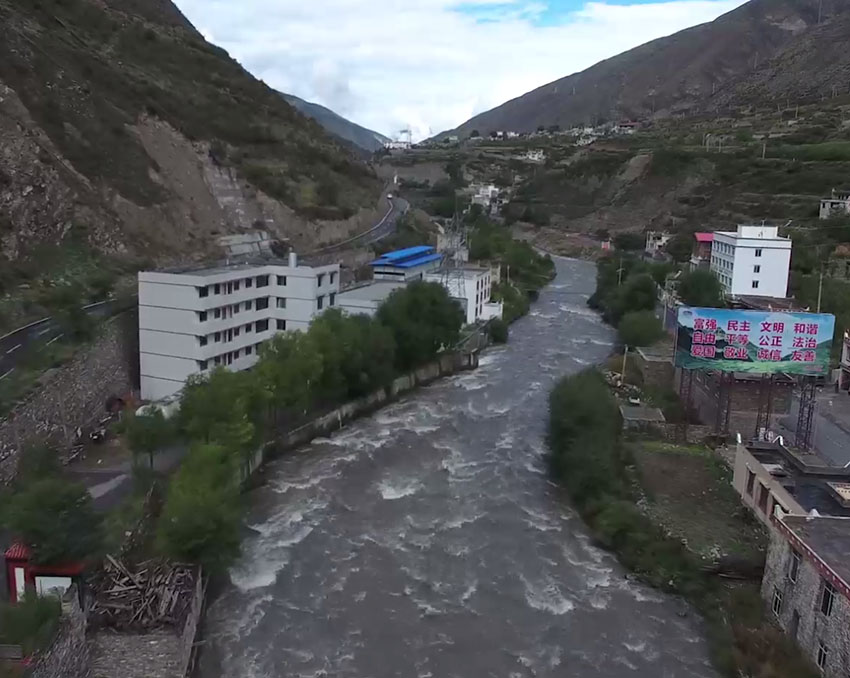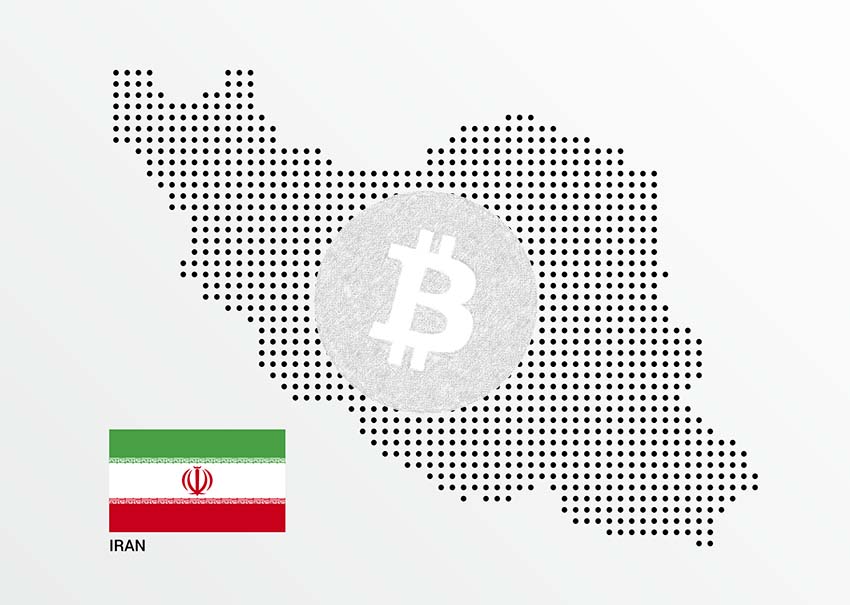Iran, which has always been critical on cryptocurrencies, has suddenly changed its attitude.
On July 22, the Iran Chamber of Commerce, Industries, Mines and Agriculture (ICCIMA) announced that the Iranian Government Economic Committee had approved the establishment of a cryptocurrency mining mechanism. Some people believe that the new policy will make Iran once again become a “mining paradise” after the mine disaster last year.
Although there used to be attraction of electricity price as low as 4 cents, the mining workers migrated to Iran would still face a lot of challenges. Supervision, customs and local bully could make all their efforts worthless overnight.
Now, since the supervision department in Iran has changed the attitude, will the mining workers have smooth migration to Iran?
Laohe, who has been busy with operation in Iran for many years, told EastShore that the future of mining in Iran may not be as smooth as expected; but if you have a proper way to make investment to become a “member of regular army,” the mining in Iran will become a profitable business sooner or later.
Flawed “Mining Paradise”
As early as November last year, the news came that mining workers had migrated to Iran to mine.
At that time, the price of cryptocurrency plunged and the “mine disaster” became increasingly serious. The news “Miners Sold by Kilogram” and “Miners Sold at 10USD Per Kilo” became a hot topic. In the previous interviews by EastShore, the founder of F2Pool and CEO of Cobo Wallet, Discus Fish, said that the rumor was true. Most of the miners had been sold to the place where the cost of electricity was cheaper, such as the Middle East.
According to some insiders, more specifically, most miners had been shipped to Iran. “In Iran, a second-hand T9 can create the profit of more than 400USD within one year while in China they may only be eliminated.”
At the same time, Guo Hongcai also clamored “to purchase power stations over the world” on Weibo. Three days later, he focused on the Middle East. “In a Middle East country, for some reason, it’s inconvenient to disclose the name, 0.006USD per kwh.”

Although some netizens speculated that the country should be Iran, but more than one month later, Guo claimed “I have only heard about the mining in Iran, but I haven’t been there before, nor participated in the investment”. He also stressed, “If people worry about US sanctions, it’s better not to go.”
But it’s an indisputable fact that mining workers have moved to Iran. The low-cost electricity is the eternal pursuit of the mining workers. The electricity cost as low as 0.004USD per kwh always attracts every farm owner.
“In the second half of last year, mining workers began to flow into Iran.” Lao He, the director of Yizhong Group, told EastShore. Located in the bonded area, Yizhong Group is a national key project enterprise in Iran. In 2018, it officially got involved in the industry of cryptocurrency mining.
Unlike the “regular army” of the Yizhong Group, there are many “guerrillas” of mining workers. At the end of last year, Coindesk also reported that Chinese mining workers were looking for opportunities in Iran. “In the past few months, they have set up companies in Iran to import miners.” According to the interviewees, it’s done “secretly” by those who own a lot of authority and funds.
This trend continued until the flood season in Sichuan province this year. As the coin price kept rising, the mining workers migrated to Iran also joined the purchase of second-hand miners. According to media reports, because the mining workers in Iran gave high bidding price, during the flood season this year, it’s hard to “purchase even one miner” in domestic mining farms.
However, although the electricity price is low in Iran, there are still various destabilizing factors in the mining industry, which resulted in great losses of the mining workers.
Supervision should be the first factor.
In the previous article, EastShore has introduced in detail the challenges for one miner to realize stable operation in Iran.

The first challenge is the Customs. “The first challenge for the miner shipped to the port is how to make the declaration. If it can’t be done, all the following procedures would be meaningless.” According to the interviewees, the miner would be confiscated if the import didn’t conform to regulations.
There used to be a rumor that at least 40,000 various types of cryptocurrency miners had been confiscated by Iranian Customs.
Secondly, it’s the sudden breach of contract by the partners. For example, the local power company suddenly raised the price, or because the local people complained about the big noise of the miners.
Now, Iran has officially changed its attitude towards mining. The Iranian Government Economic Committee has approved the establishment of cryptocurrency mining mechanism. Will Iran become a mining paradise again?
From “Warning” to “Approval”
In the past two months, Iran has dramatically changed its attitude towards blockchain and cryptocurrency mining.
The Iranian government used to be not so friendly with the mining workers from China.
In the Dragon Boat Festival this year, Iranian Deputy Minister of Energy, Homayoun Haeri, said that the cryptocurrency mining workers from China should pay electricity bills according to export electricity price.
Mostafa Rajabi Mashhadi, deputy general manager of Iranian National Grid, even made it clear that it’s illegal to use national grid for cryptocurrency mining.
On June 24, an official of Tavanir, Iran’s state-owned power generation and transmission company, warned that if the cryptocurrency mining workers in Iran were found to mine with electricity, they would face the punishment of power cutting.
Interestingly, three days later, the photos of mining facilities in a mosque in Iran were spread on social media.

Mahavan Alimardani, a spokesperson for Tavanir, explained, “It’s because the mosque can access to free energy in Iran, so the Iranians established a bitcoin farm there.”
Of course, the Iranian government is not just “fighting a war of words”. Last month they also confiscated about 1,000 bitcoin miners in two abandoned factories.
In fact, the harsh attitude of the Iranian authorities is understandable. In May this year, the electricity consumption in Iran increased by 7% year-on-year, and cryptocurrency mining was the main reason.
According to Mashhadi, “the power consumption of each bitcoin is equivalent to the annual power consumption of 24 families in Tehran, or the power consumption of a real estate in 24 years. Such a huge power consumption is used in the cryptocurrency mining industry, it will certainly be closely monitored and prohibited by the government.”
However, it’s not clear whether it’s forced by the “livelihood” or the purpose of industrial revitalization, the Iranian government suddenly changed its attitude recently.
The change of attitude can be traced back to July 10 when Iranian central bank governor, Abdol Nasser Hemmati, said the Iranian government was planning to authorize cryptocurrency mining.
However, he proposed two prerequisites at the same time. Simply speaking, the first one was Chinese mining worker should pay electricity according to the export price; the second one was that the resulting bitcoin income should be shared to Iran.
Then Mohammad Sharqi, managing director of a non-profit organization blockchain association in Iran, said that the Iranian Ministry of Energy should regulate cryptocurrency mining by issuing license for industrial and commercial power consumption.
With more and more attentions from all walks of life, on July 22, the Iranian Chamber of Industry, Mining and Agriculture announced that the Iranian Government Economic Committee had approved the establishment of a cryptocurrency mining mechanism in Iran. It marked that Iran had officially recognized cryptocurrency mining as a legitimate industry within its territory.
It’s worth mentioning that the Iranian government itself has also focused on the mining. On July 14, an official of the Iranian Chamber of Industry, Mining and Agriculture said that Iran would soon launch a gold-based cryptocurrency which could be mined with the permission of the Iranian Central Bank.
Shahab Javanmardi, Iranian entrepreneur and manager in ICT, the CEO of Pasargad Arian Information and Communication Technology (FANAP), said the cryptocurrency would be mined by the Iranian Central Bank and a private IT company in Iran. “The cryptocurrency in Iran is supported by gold, but its function is similar to that of its foreign competitors.”
Although Iran has officially recognized the legal status of cryptocurrency mining, according to Jamal Arounaghi, deputy director of the Iranian Customs Administration (IRICA), only the tariff quota for cryptocurrency mining equipment had been determined. The government had not issued the license for any imported cryptocurrency miners.
Anyhow, as far as the current situation is concerned, the Iran’s official attitude towards the cryptocurrency mining industry will certainly be more and more positive. The regulations which Chinese mining workers worry most seem to have been guaranteed.
“Regular Mining Army” in Iran
Although the top-level supervision organization has showed the attitude, there are still various problems in the process of implementation.
“The management of Iranian government is still quite chaotic.” Lao He told EastShore that it’s still necessary to rely on relationship in Iran to carry on business. Many mining workers have contacted with the power plants and big companies through various individual relations, but the risks of cooperation operations still exist.
Moreover, the already disclosed regulatory attitude has also set other conditions for the foreign mining companies: the electricity fee should be paid according to the export electricity price without any subsidy; the bitcoin income should be shared to Iran, which will increase the costs of mining workers.
“But it’s normal to have risks.” Lao He believed that “some people just like to take risks.”
Compared with the mining workers who are still hesitating to migrate to the Middle East, Lao He’s mining farm was running too smoothly: no problems with the Customs, “In the bonded area, it’s legal for us to access”; we needn’t conduct mining secretly, “there is nothing illegal and all of our business are clearly stated to the government.”
Even most miners in the farm were S9 and T9. “We don’t focus on new miners since they are too expensive.” Lao He said honestly, “We don’t have to use such expensive machines, T9 is just good enough.”
At present, Lao He’s company intended to build an oversized mining farm with 100,000 miners in Iran.
“The profits are quite satisfactory. The cost of one miner can return within 40 to 50 days.” Lao He told EastShore that the most important thing is the cheap electricity. “In China, the electricity bill may account for 60% of the cost of the farm; however, the ratio may be less than 6% in Iran.”

A mining farm in Sichuan, China
Lao He always stressed that they belonged to the “regular army” in Iran, but it’s not easy. “We are a Chinese-funded enterprise established in Iran for many years. We own hundreds of millions of assets and have invested in Iran for many years with very good relationship with the local government.” Lao He told EastShore that if those who wanted to become the regular army must have actual strength and years of accumulation.
But for some mining workers wandering around the world, it’s a very high threshold.
In fact, less and less mining worker went to Iran to mine nowadays. More of them are sharing the dividends during the flood season in Sichuan, China. In the cryptocurrency ecosystem, senior mining workers are those who are most sensitive to risks and profits.

